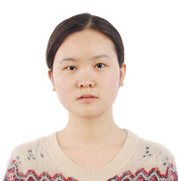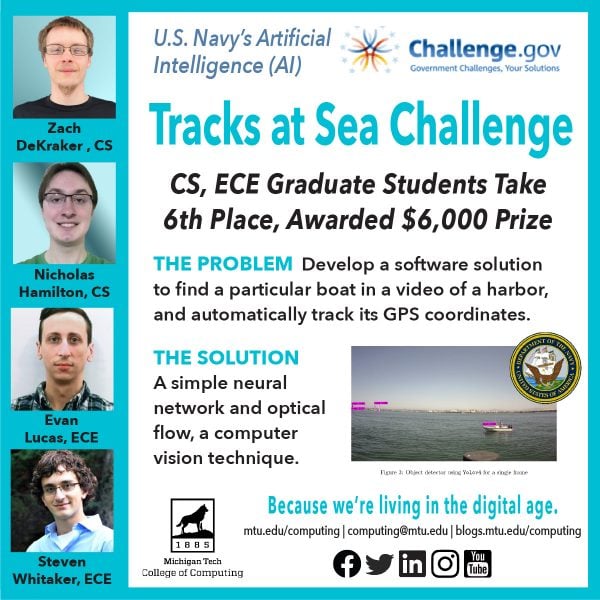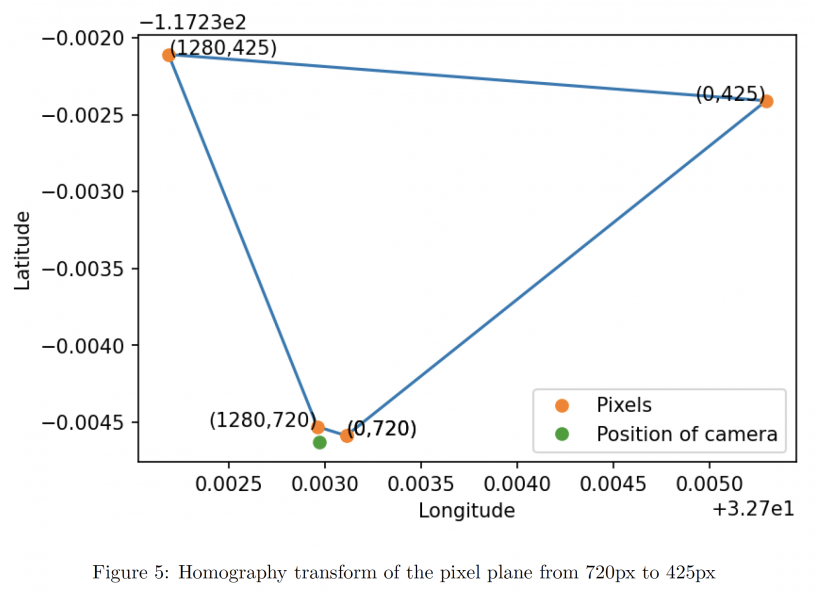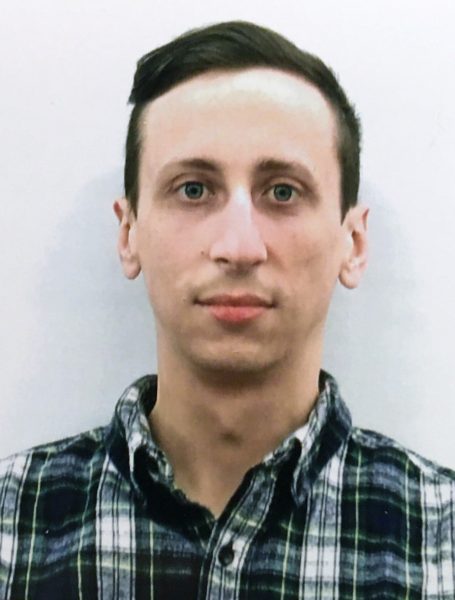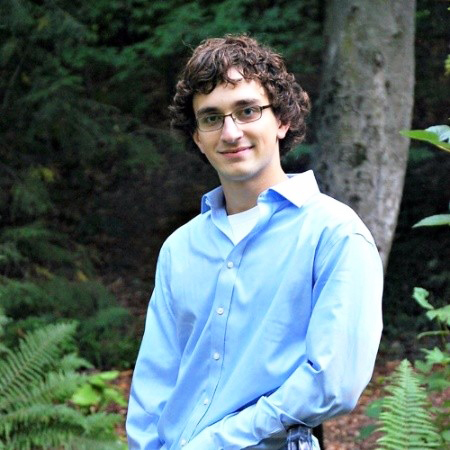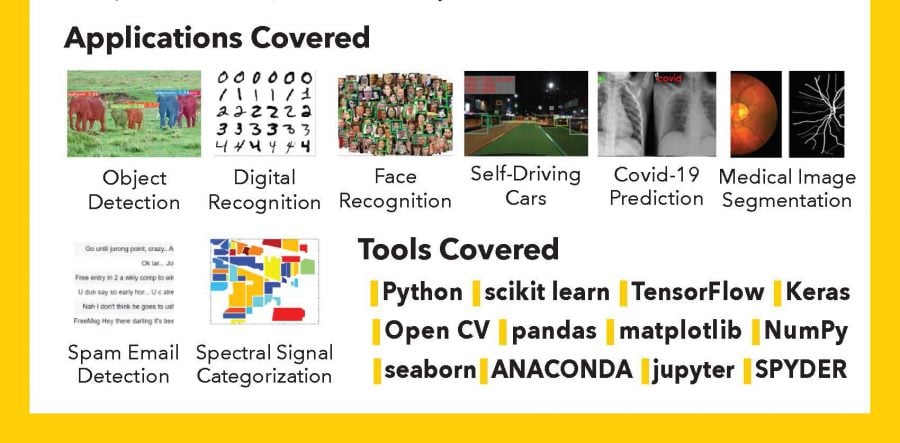Nathir Rawashdeh (AC) led the publication of a paper at the recent online SPIE Defense + Commercial Sensing / Autonomous Systems 2021 Conference.
The paper, entitled “Drivable path detection using CNN sensor fusion for autonomous driving in the snow,” targets the problem of drivable path detection in poor weather conditions including on snow-covered roads. The authors used artificial intelligence to perform camera, radar and LiDAR sensor fusion to detect a drivable path for a passenger car on snow-covered streets. A companion video is available.
Co-authors include Jeremy Bos (ECE).
